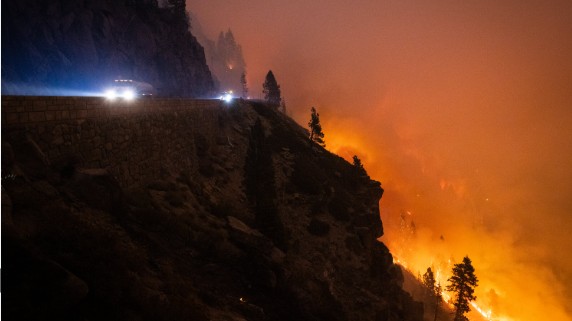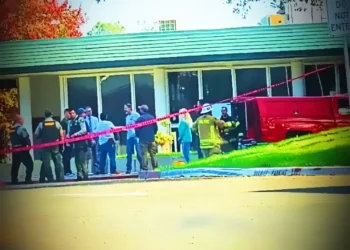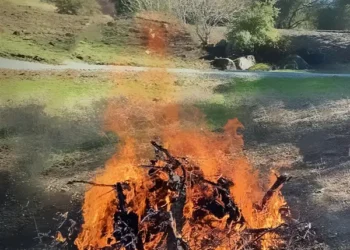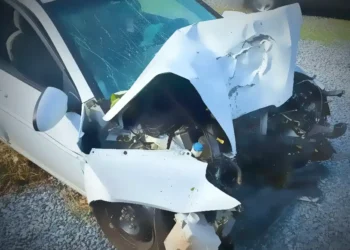South Lake Tahoe (Oct 23, 2024) – A new study reveals that evacuating South Lake Tahoe, the largest city in the Tahoe basin, could take anywhere from 8.5 to 11 hours in the event of a major wildfire. Commissioned by the Tahoe Sierra Clean Air Coalition, the report simulates evacuation scenarios in the southern Lake Tahoe region, raising alarms about potential bottlenecks that could trap thousands in an emergency. With millions of tourists flocking to the Sierra Nevada area each year, the study emphasizes the urgent need for improvements to evacuation planning.
The study’s predictions are particularly relevant in light of the Caldor Fire evacuation of 2021, which saw traffic at a near standstill for hours as mandatory orders were issued. While no lives were lost in that evacuation, the traffic snarls exposed vulnerabilities in the area’s ability to clear out in time, should another wildfire threaten the city.
Doug Flaherty, a retired fire battalion chief and executive director of the coalition, said the study aims to pressure public agencies to better prepare for future disasters. “We wanted to shine the light on how long it’s going to take to safely move people out,” Flaherty remarked, adding that the study’s findings should be a wake-up call for planners who oversee development in the region.
Despite the grim outlook for evacuation times, the Tahoe Regional Planning Agency (TRPA) stated they are actively addressing these challenges. Jeff Cowen, a TRPA spokesperson, affirmed that their team is working to identify vulnerabilities in transportation infrastructure and emergency communications, with plans already in motion to bolster public safety measures.
However, the updated evacuation plan released by local officials in September did not provide estimates for how long evacuations could take, a gap that Flaherty’s group finds troubling. While the coalition’s study did not account for injuries or fatalities caused by traffic bottlenecks, it shines a critical spotlight on the dire need for fast and efficient evacuations in the face of ever-growing wildfire risks.
With evacuation times ranging from four to 11 hours depending on the region, the study presents a sobering reality: evacuating Tahoe’s southern half, particularly South Lake Tahoe, remains a logistical nightmare.
Is it time for a comprehensive rethink of evacuation protocols? What do you think—should the focus be on improving infrastructure or limiting development to manage the risks? Let us know your thoughts in the comments below.










